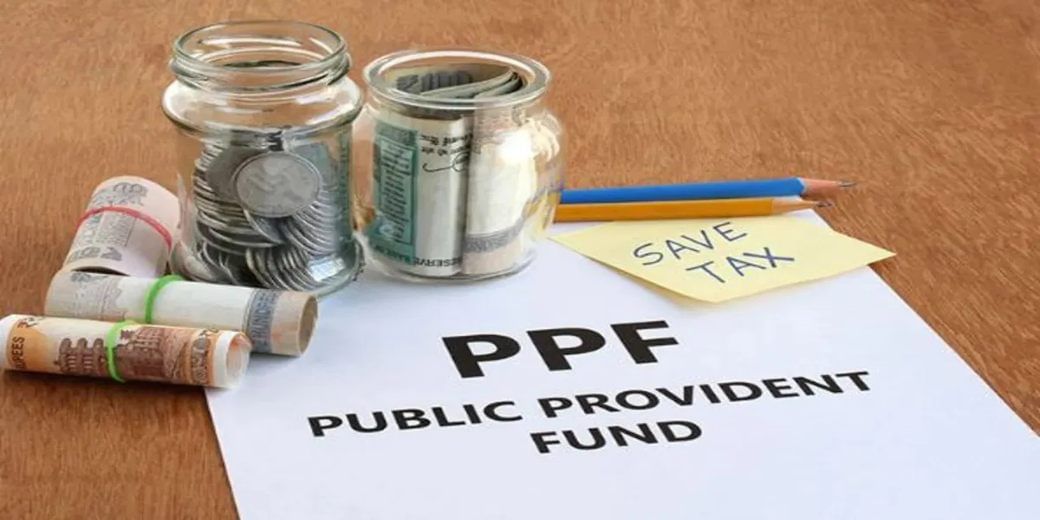ELSS or PPF, which is a better tax-saver?
Investments in these schemes are eligible for a deduction of up to Rs 1.5 lakh under Section 80C of Income-Tax Act
- Pawan Pandey
- Last Updated : March 15, 2024, 17:47 IST

Financial year 2023-24 is about to end in two n a month. Many people are rushing to make last-minute investments to save taxes. Equity Linked Savings Scheme or (ELSS) and Public Provident Fund or (PPF) are good tax-saving options.
Investments in these schemes are eligible for a deduction of up to Rs 1.5 lakh under Section 80C of Income Tax Act. The deduction is subtracted from your total income. It reduces your tax liability.
Let’s compare ELSS and PPF on the basis of tax saving prospects. We will also see other aspects like which one has higher returns, lower risk, and lock-in period.
ELSS or Equity Linked Savings Scheme are equity mutual funds that invest at least 80% of their assets in equity and equity-related instruments. On the other hand, PPF or Public Provident Fund is a long-term government small savings scheme.
PPF is one of the safest tax-saving investment options. The principal amount and interest deposited in it are both backed by government guarantee. This means that the risk on PPF investment is negligible.
On the contrary, ELSS funds invest your money primarily in the stock market. The stock market is more prone to volatility. However, you can invest in ELSS through SIP to reduce the risk factor. This provides the benefit of cost averaging. When the market is down, you can buy more units with the SIP amount. When it goes up, you get fewer units. This eliminates the need to track market fluctuations.
The interest rate on PPF is not same throughout the tenure, but it is a guaranteed one. The Ministry of Finance reviews the interest rates of small savings schemes, including PPF, every quarter. Interest rates are primarily based on government bond yields. Currently, PPF has an annual interest rate of 7.1%. Interest is calculated monthly and credited to the account annually.
On the other hand, the return of an ELSS fund depends on performance of the asset class included in its portfolio. Being an equity-oriented scheme, ELSS has the potential to give higher returns than fixed income schemes like PPF and FD. According to AMFI, or the Association of Mutual Funds in India, select ELSS funds have outperformed the benchmark index in last 5 years. These include Quant ELSS Tax Saver Fund, SBI Long Term Equity Fund, and DSP ELSS Tax Saver Fund. These funds have generated returns ranging from 20% to 30%.
Investments in ELSS and PPF are eligible for deduction under Section 80C. The maximum deduction limit under Section 80C is 1.5 lakh rupees in a financial year. on tax asving front, PPF or Public Provident Fund beats ELSS. PPF falls under the triple E category. Investment in PPF, interest, and maturity proceeds, i.e., returns, are exempt from tax.
In case of ELSS, long-term capital gains or (LTCG) tax is payable on profits from investment. 10% tax is levied on profits or capital gains above 1 lakh rupees in a financial year. Profits up to 1 lakh rupees are tax-free. In the long run, return of ELSS funds are good. Therefore, it is also possible that the return generated on ELSS investment after tax payment is higher than the tax-free return of PPF.
PPF’s biggest disadvantage is its lack of liquidity. PPF has a 15-year lock-in period. However, partial withdrawals, loans, and premature account closure are allowed but with conditions.
On the other hand, ELSS has a 3-year lock-in period. It has better liquidity compared to other tax-saving options.
In PPF, it is mandatory to deposit at least 500 rupees every fiscal. Otherwise, the account would be closed. To reactivate the account, 500 rupees along with a penalty of Rs 50 is charged. There is no minimum investment limit every year in ELSS funds. An individual can stop or pause SIP anytime. Penalty won’t be levied.
The main objective of PPF is to promote savings in the long run. However, due to better returns and good liquidity, ELSS is a good investment option for both tax saving and for accumulating large corpus. When you choose an ELSS scheme, compare the 3, 5, and 10-year returns of different ELSS funds with the benchmark indices. Past performance is not a guarantee of future returns, but, it can help you understand how the fund has performed during market volatility.
Download Money9 App for the latest updates on Personal Finance.
Related
- Top 25 Best Selling Cars in the US Q1 2025 Ford Leads Tesla Holds, and Sedans Make a Comeback
- Vegan vs Non-Vegetarian: Which Diet Is More Nutritious and Better for Your Health?
- होंडा ने हेडलाइट समस्या को ठीक करने के लिए वापस मंगवाई CB300R मोटरसाइकिलें
- RBI ने लगातार दूसरी बार रेपो दर में कटौती की, कर्ज होंगे सस्ते
- Tata Motors की वैश्विक थोक बिक्री चौथी तिमाही में 3% घटकर 366177 इकाई
- सुरक्षा मानदंडों को पूरा करने की बढ़ती लागत की वजह से दाम बढ़ा रही हैं कार कंपनियां

